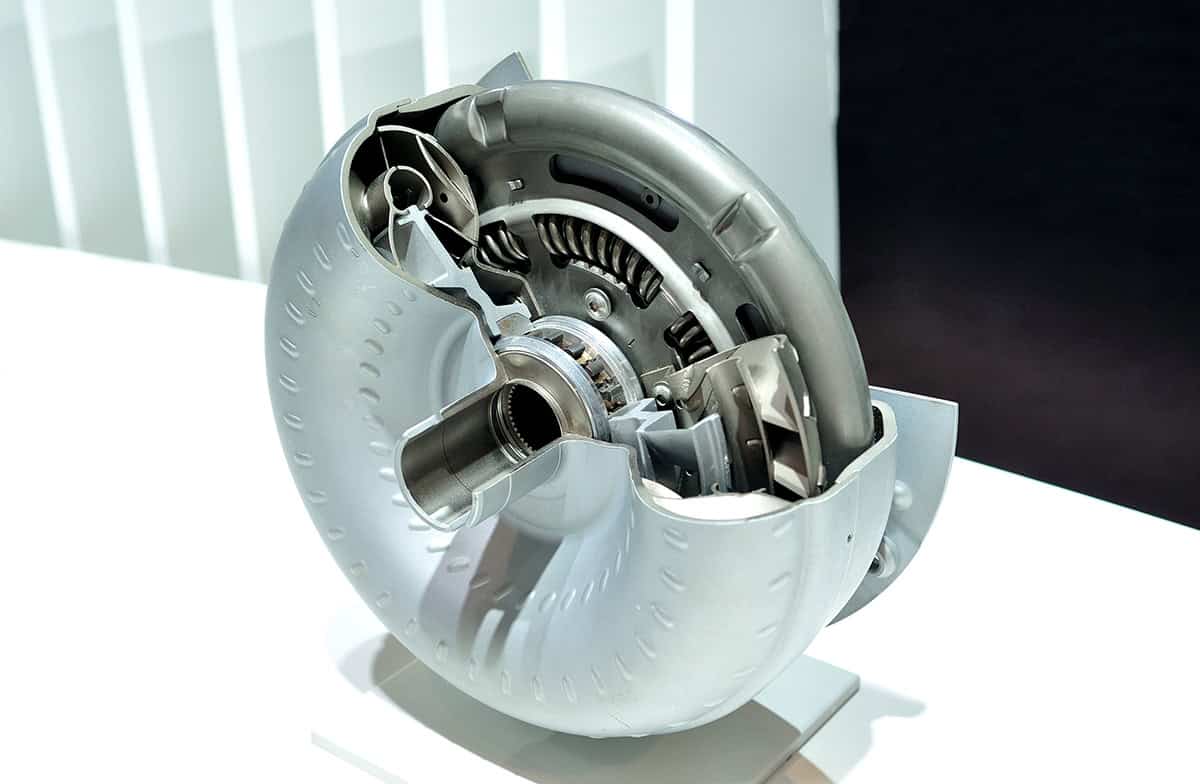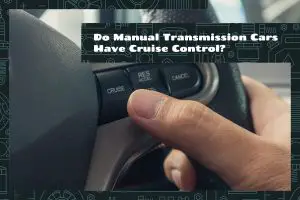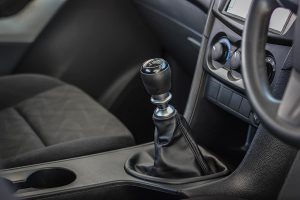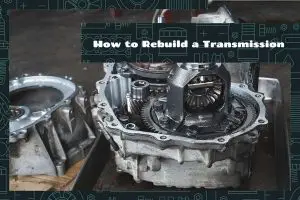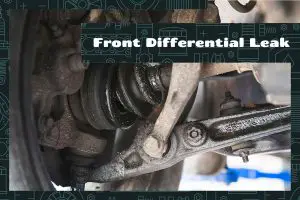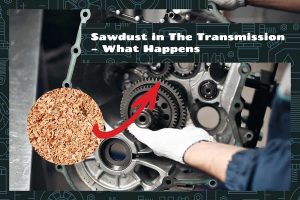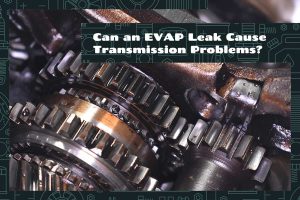A torque converter is an integral yet often unrecognized part of your car’s operation. It’s the silent force behind your automatic transmission, bridging the gap between the engine and transmission, ensuring smooth, efficient operation. It’s a technical subject, but it’s essential for any car owner to understand, as it affects the way your car drives and responds.
A torque converter is a type of fluid coupling in automatic transmissions that allows the engine to spin somewhat independently of the transmission. It is located between the engine’s flex plate and the transmission. Its main components include the impeller, turbine, stator, and lock-up clutch.
In this guide, we’ll dive deep into the world of torque converters. We’ll discuss how it works, its components, its location, and why it’s so critical to your vehicle’s performance.
What Is a Torque Converter?
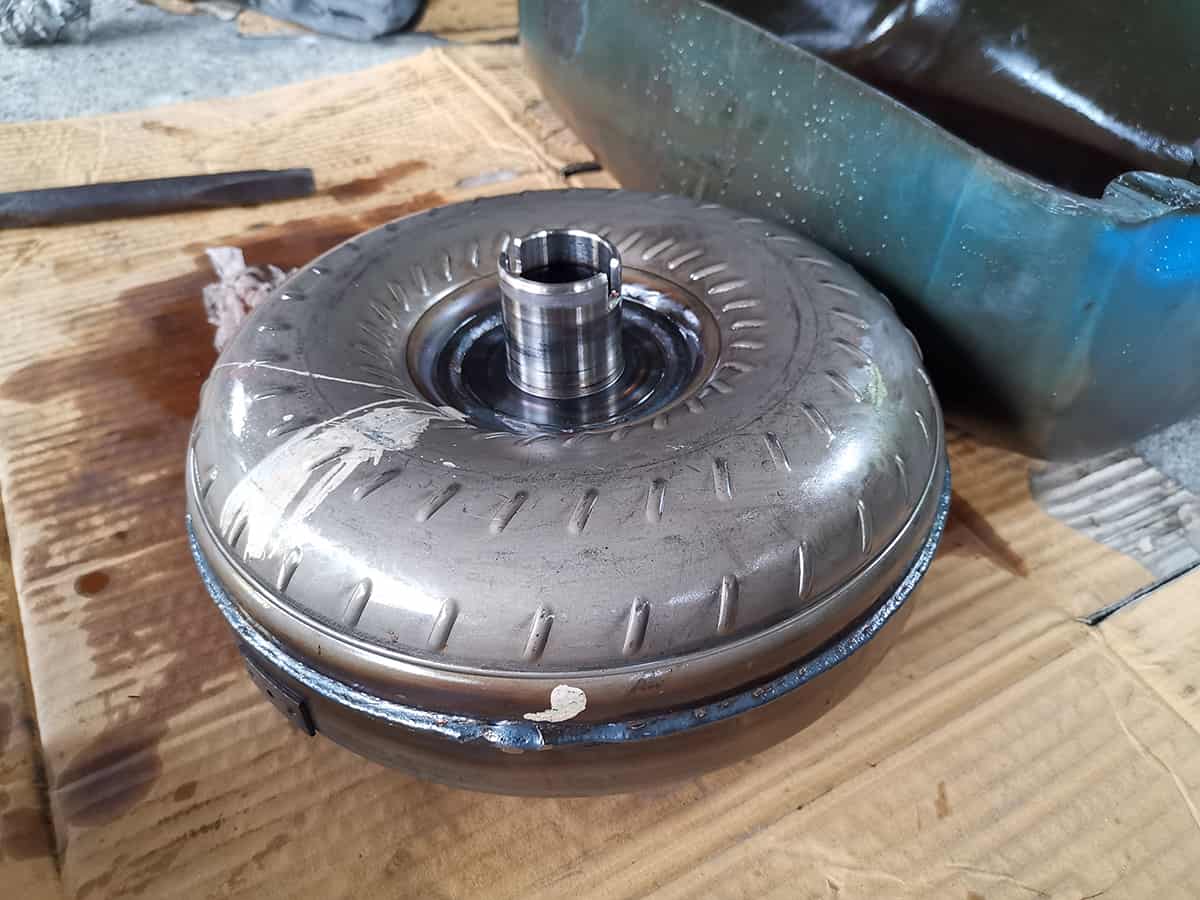
At its most basic, a torque converter is a type of fluid coupling used to transfer rotating power from a prime mover, such as an internal combustion engine, to a rotating driven load. It’s a key part of an automatic transmission vehicle.
While it serves a similar function to a clutch in a manual transmission—allowing the engine to continue running when the vehicle is stopped—a torque converter goes a step further by also providing additional torque when required.
Role of a Torque Converter
The torque converter connects the engine to the transmission, taking the engine’s output (torque) and transferring it smoothly to the automatic transmission. Without a torque converter, your car would stall each time it stops, just as a manual car would if you don’t depress the clutch.
In essence, the torque converter acts as an intermediary, communicating between the engine and the transmission. It ensures a seamless driving experience, enabling the vehicle to stop without stalling and to accelerate smoothly from a stop.
In addition to this, a torque converter also has the ability to multiply torque when a difference in rotational speed is present, such as when your vehicle accelerates from a stop. This gives your car better initial acceleration.
Location and Structural Elements of a Torque Converter
One of the fascinating aspects of vehicles is how each component finds its unique space and role in the machinery’s symphony. One such vital component is the torque converter, and its placement is no accident but a result of careful engineering.
Where is a Torque Converter Located?
The torque converter’s strategic position makes it possible for your vehicle to run efficiently. It is placed in the transmission bell housing, which is essentially a protective shell or cover located between the engine and the transmission.
The engine connects to the torque converter through the flex plate, which is bolted directly to the crankshaft, causing it to spin with the engine. On the other side, the torque converter transfers power to the transmission via the input shaft.
Main Components of a Torque Converter
The torque converter is more than just a single piece of equipment. It’s a complex assembly of parts, each serving its unique purpose. The primary components are the impeller, turbine, stator, and the lock-up clutch.
1. Impeller
The impeller, also known as the pump, is the converter component directly connected to the engine. As the engine spins, so does the impeller. This component is designed as a series of blades arranged in a circular pattern, and its purpose is to push transmission fluid outwards using the centrifugal force created by the engine’s rotation.
2. Turbine
Opposite the impeller, within the sealed torus of the converter, is the turbine. It is designed similarly to the impeller with a series of curved blades. However, it’s not physically connected to the impeller; instead, they’re linked by the fluid pushed around the converter. The fluid, driven by the impeller, enters the turbine at its outer edge and exits near the center.
3. Stator
The stator sits between the impeller and the turbine. It plays a crucial role in increasing the torque converter’s efficiency. As the fluid returns from the turbine to the impeller, the stator redirects it so it assists, rather than opposes, the impeller’s motion.
4. Lock-up Clutch
To improve efficiency and fuel economy, many modern torque converters incorporate a lock-up clutch. As the vehicle reaches cruising speed and the engine and transmission rotations are nearly synchronized, the lock-up clutch can be engaged, creating a direct mechanical link between the engine and transmission. This action bypasses the fluid coupling, eliminates power loss from the fluid churning, and improves fuel efficiency.
How a Torque Converter Works
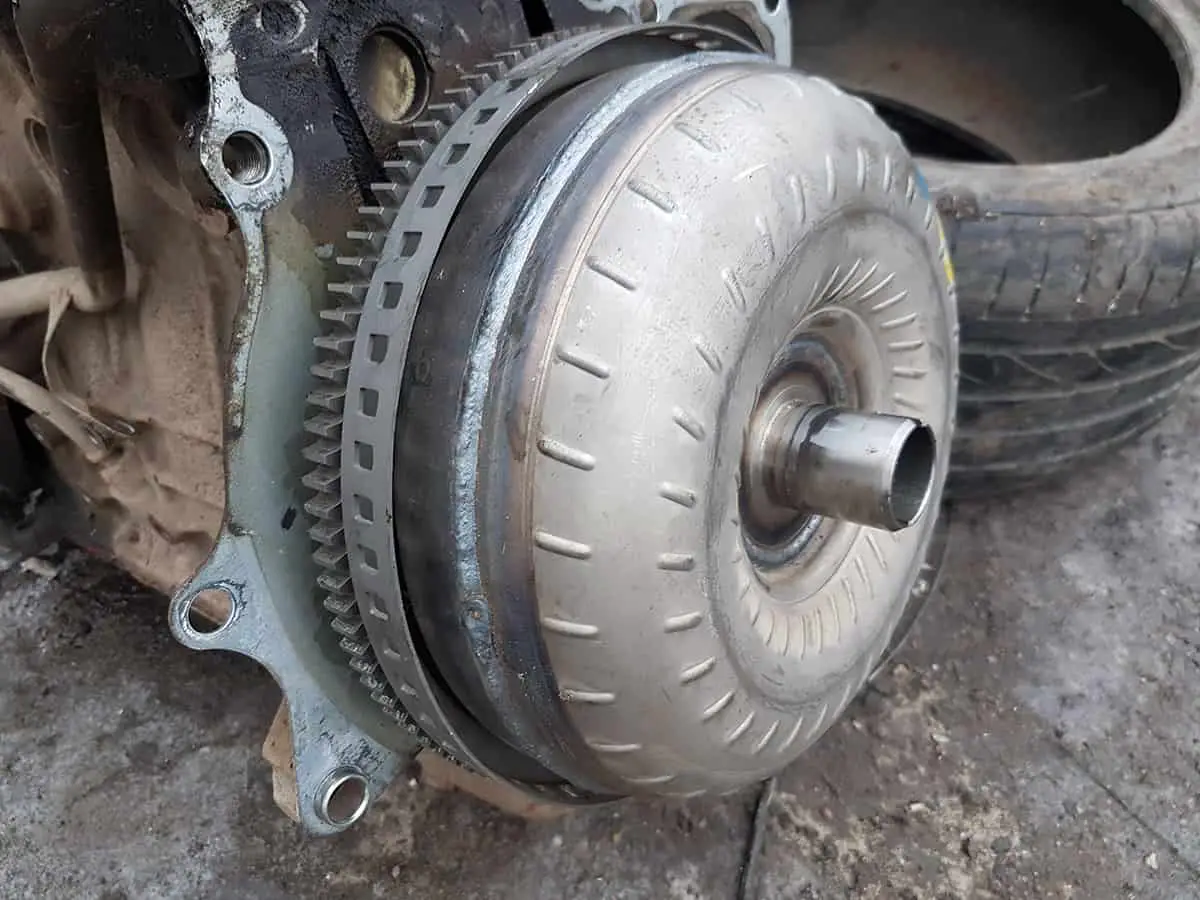
Diving into the nitty-gritty of how a torque converter operates is akin to opening a treasure chest of automotive engineering. Knowing this not only enriches your knowledge but also helps in identifying potential torque converter problems and communicating more effectively with mechanics when needed.
Basic Principle of Operation
The magic of a torque converter lies in its fluid coupling ability, using transmission fluid as a medium to transfer power from the engine to the transmission. This transmission fluid is key to a torque converter’s operation.
As the engine spins, it turns the impeller, forcing the fluid towards the outer edge due to centrifugal force. This fluid then enters the turbine, pushing against its blades, causing it to spin and, consequently, the transmission input shaft.
Stages of Torque Converter Operation
A torque converter operates in four main stages: Stall, acceleration, coupling, and overdrive.
1. Stall Phase
The stall phase occurs when the vehicle is stationary but the engine is running – for instance, when you’re at a red light. The impeller is spinning with the engine, but the turbine and, thus, the transmission is stationary because the vehicle is not moving. Despite the difference in speeds, the fluid coupling allows the engine to continue running without stalling.
2. Acceleration Phase
When you begin to accelerate from a stop, the engine speed increases and the difference in speed between the impeller and turbine causes the fluid to strike the turbine blades at an angle, creating torque multiplication. This increased torque provides more power to the wheels, aiding in acceleration.
3. Coupling Phase
As your vehicle continues to accelerate and reaches a steady speed, the engine and turbine speeds become closer. The torque multiplication decreases, and the converter enters the coupling phase. In this phase, the turbine speed is about 90-95% of the impeller speed.
4. Overdrive Phase
At cruising speeds, the lock-up clutch is engaged, creating a direct link between the engine and the transmission. This effectively eliminates power loss due to fluid churning, improving efficiency and fuel economy.
FAQs
1. Is a torque converter part of a transmission?
Yes, a torque converter is an integral component of an automatic transmission. Its function is to connect the engine to the transmission, allowing power transfer from the engine to the wheels. It sits between the engine’s flex plate and the transmission’s input shaft, inside the bell housing of the transmission.
2. Do manual transmissions have torque converters?
No, manual transmissions do not use torque converters. Instead, they utilize a clutch system. When you depress the clutch pedal in a manual transmission vehicle, you’re disconnecting the engine from the transmission to change gears or to stop the vehicle without stalling the engine.
3. What is a torque converter clutch?
A torque converter clutch, also known as a lock-up clutch, is a component found in many modern torque converters. Its purpose is to improve the fuel efficiency of the vehicle. When the vehicle reaches cruising speed and the engine and transmission speeds are nearly equal, the lock-up clutch engages, creating a direct mechanical connection between the engine and the transmission.
4. What is a stall-speed torque converter?
A stall speed torque converter refers to a torque converter that is designed to “stall” or stop transferring power from the engine to the transmission at a certain RPM (revolutions per minute). This term usually comes up in the context of performance vehicles or heavy-duty applications.
The stall speed is the maximum engine speed at which the engine can spin with the transmission in gear and the vehicle brakes fully applied without the vehicle moving. It’s the point at which the torque converter fully transfers power from the engine to the transmission.
